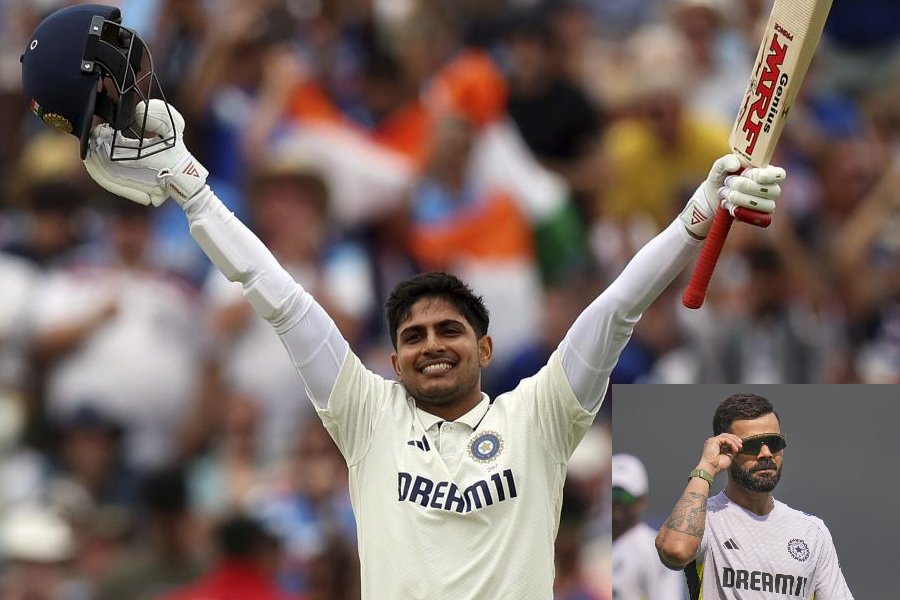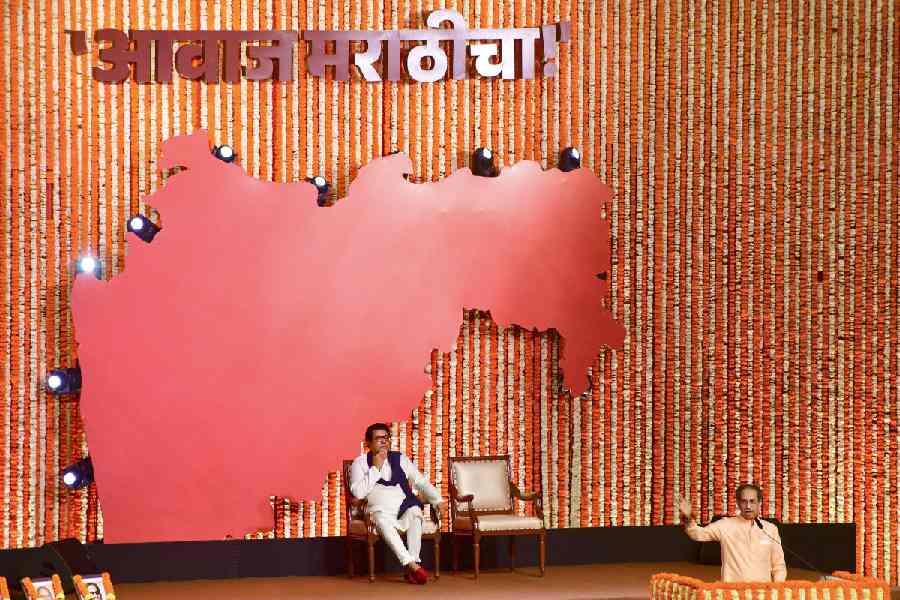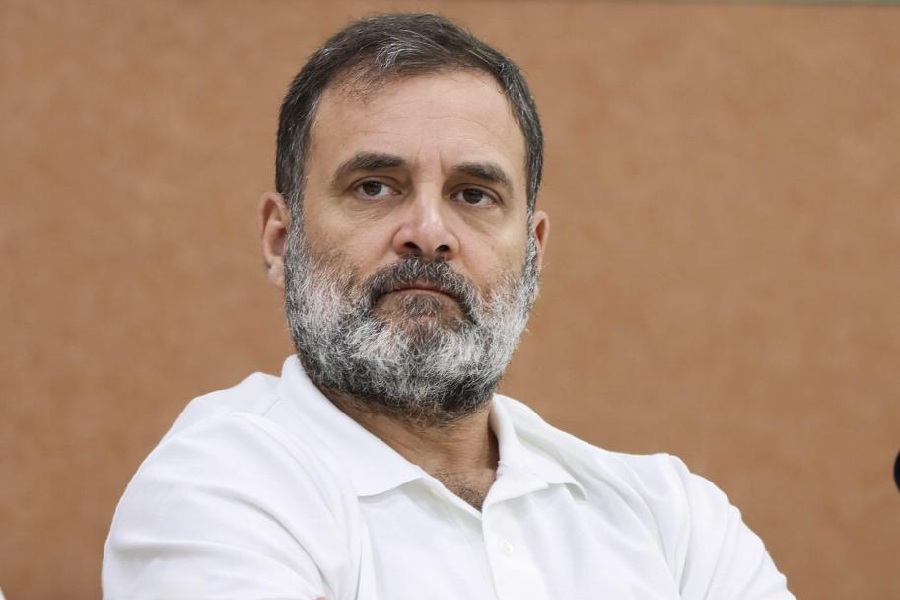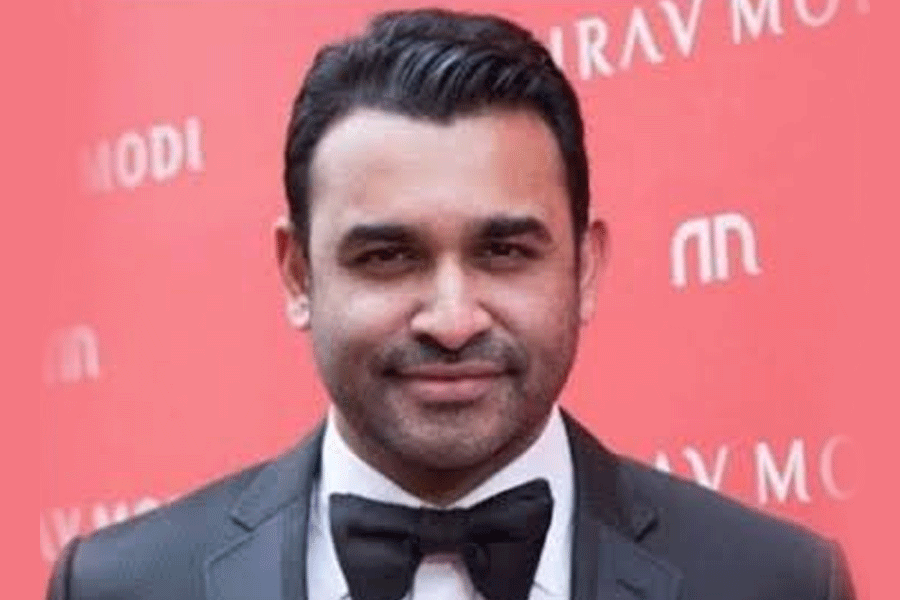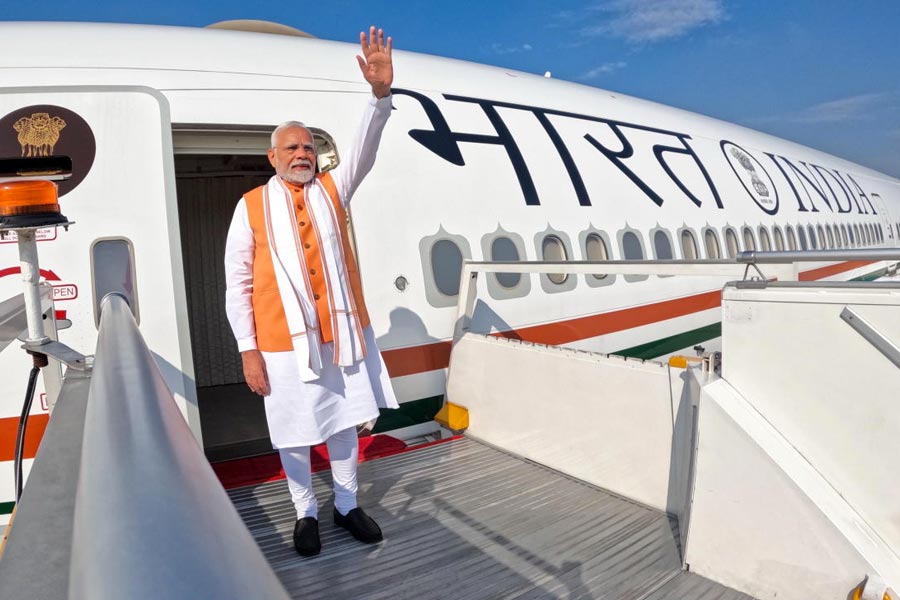 |
| The boys (L-R): Reetam Majumder, Abhishek Dasgupta, Bibhas Debnath and Pratyay Mullick. The girls (L-R): Suman Khan Chowdhury, Aditi Mullick and Ayanti Mullick. Picture: Sayantan Ghosh |
WHAT IS ANIME
If you’ve watched Shin-chan or Pokemon on television or seen them on posters, tees or cushions, well, there’s your anime.
 |
Another term that might be familiar to you — one that is usually paired with anime — is manga. While manga refers to the printed comics, anime, according to the Oxford Dictionary, is “a style of Japanese film and television animation, typically aimed at adults as well as children.” To put it simply, anime is audio-visual animation of Japanese origin that you watch on TV or on streaming sites.
While anime as a form of visual entertainment is still nascent in India, its fan base is steadily growing. In Calcutta, interest in this genre of animation has resulted in the city’s very own anime fan club — the Kolkata Anime Club (KAC), formed in December 2010. Currently, the club has about 100 members and counting.
NO KIDDIng!
 |
A common misconception is that anime is cartoons meant for kids. t2 sat in on one of the monthly meetings of KAC to bust some myths.
What we learnt is anime is marketed in India as cartoons for children. “Kids usually start with anime like Doraemon but that’s anime meant for the little ones. We (most members of the KAC) started with some real good anime like Pokémon, Dragon Ball Z or Cardcaptor Sakura,” said Reetam Majumder, a founding member of KAC by passion and research analyst by profession. Because most non-western countries are used to western cartoons, which are almost always targeted towards children, anime too enters the market through Cartoon Network, solidifying its status as “kid stuff”.
“People are under the impression that Shin-chan is for kids, but it’s actually not! It’s just being edited that way,” pointed out Aditi Mullick, a final-year BA student at Calcutta University, referring to the popular show on Hungama channel that is currently running a censored version of the original anime. It is multi-layered and filled with innuendo. “A lot of the innuendo (in Shin-chan) is lost in translation,” she added.
Most fans, it turns out, resent the level of censorship and subsequent tampering of original content as well as the lack of awareness that surrounds anime and the stereotyping of this animation genre as something meant for small children only.
the club
The Kolkata Anime Club is a group of youngsters who love anime and manga. The largest one of its kind in the city, the club meets once a month at different locations across Calcutta to chat about what they love most — anime and manga. You can find them on their Facebook page: facebook.com/KacAdmin or their blog: kolkata-anime-club.blogspot.com
say it right
Some fans used to pronounce “anime” wrong. “Before I had access to the Internet, I made that mistake too,” smiled Abhishek Dasgupta, who currently heads KAC and is a final-year student at IISWBM. It’s pronounced “an-nim-may”, not “an-nim”.
And how old were the members of KAC when they started watching anime? “There are two answers to this,” said Reetam. “How old was I when I started watching anime? I was four years old when I watched Jungle Book (on Doordarshan). But I realised I was watching anime when I started watching Cardcaptor Sakura. I wouldn’t have realised it when I was watching Dragon Ball Z because it was very westernised. But Cardcaptor Sakura is straight-up anime. It’s very stylised and it’s very shoujo (anime and manga aimed at young girls).”
some COMMON anime myths busted
1) People think anime is Chinese cartoons. That’s because many don’t know that the characters they see in the end credits are in Kanji, the Japanese writing system.
2) Anime is either thought of as cartoons for kids or as “adult” entertainment. But anime is not just about the two extremes.
3) A lot of people think that anime is the content, but it’s actually the medium.
4) Anime is a part of Japanese culture and there are different anime aimed at different age groups and are shown at different time slots throughout the day on television.
5) The anime shown in India is either a censored version or anime for kids. Usually when it’s over-censored, the flavour is lost. That’s another reason why people think it’s cartoons for kids.
6) All “adult” anime is not violent or graphic. There are different genres within anime.
Where tO watch it
 |
If your television service provider gives you Animax channel, you can watch it there. Otherwise you can watch it on YouTube or the website crunchyroll.com. There are other websites too, though they are technically illegal. Most of these websites that stream anime and manga are managed by fans who keep uploading videos ripped from original broadcast sources.
 |


